Huernia pandurata
Scientific name: Huernia pandurata
Common names: Fiddle Huernia, Starflower, Starfish Plant, Starfish Flowers, Carrion Flowers.
Natural habitat: Native to Eastern and Southern Africa, Huernia pandurata is well-adapted to dry, rocky environments and thrives in well-draining soil.
Flowers: Huernia pandurata features flowers that are a rich burgundy color and have a velvety texture. They can grow to be quite large for the genus, sometimes reaching several inches across.
Stems: This succulent has sturdy, green stems with a rugged appearance, covered in small spines. The stems provide a sharp contrast to the lush, dark flowers, enhancing the plant’s overall aesthetic appeal.
$2.00
Huernia pandurata captivates with its deep burgundy, almost black flowers, providing a dramatic and sophisticated look for any succulent enthusiast’s collection. This plant is an ideal choice for those seeking to make a statement with their indoor plants, offering stunning visual interest with minimal maintenance required.
We sell all Stapeliads as unrooted cuttings – a bunch of 3 stems each minimum 4 inches (10 cm).
General Care for Stapeliads
Stapeliads are a unique group of succulent plants known for their striking flowers and interesting forms. They belong to the Apocynaceae family and are mostly native to Africa, with some species found in Asia and the Middle East. Here’s a general guide to caring for Stapeliads:
- Lighting: Stapeliads thrive in bright, indirect light. Direct sunlight can be harmful, especially during the hottest parts of the day. A partially shaded spot is ideal.
- Watering: These plants require moderate watering. Allow the soil to completely dry out between waterings. Over-watering can lead to root rot, so it’s essential to ensure good drainage.
- Soil: Use a well-draining cactus or succulent mix. Stapeliads prefer a soil mix that allows for good air circulation around the roots.
- Temperature: Most Stapeliads prefer warm temperatures and are not tolerant of frost. Keep them in temperatures above 6-8°C (43-46°F).
- Humidity: Stapeliads generally do well in average room humidity. However, during the growing season, a slight increase in humidity can promote healthier growth.
- Fertilization: Feed sparingly during the growing season. Use a balanced, water-soluble fertilizer at half strength.
- Propagation: Propagation can be done through stem cuttings or seeds. Allow cuttings to dry before planting.
- Pests and Diseases: Watch out for pests like mealybugs and take precautions against snails and slugs. Stapeliads are generally resistant to diseases if well taken care of.
Specification: Huernia pandurata
| Weight | 0.55 lbs |
|---|



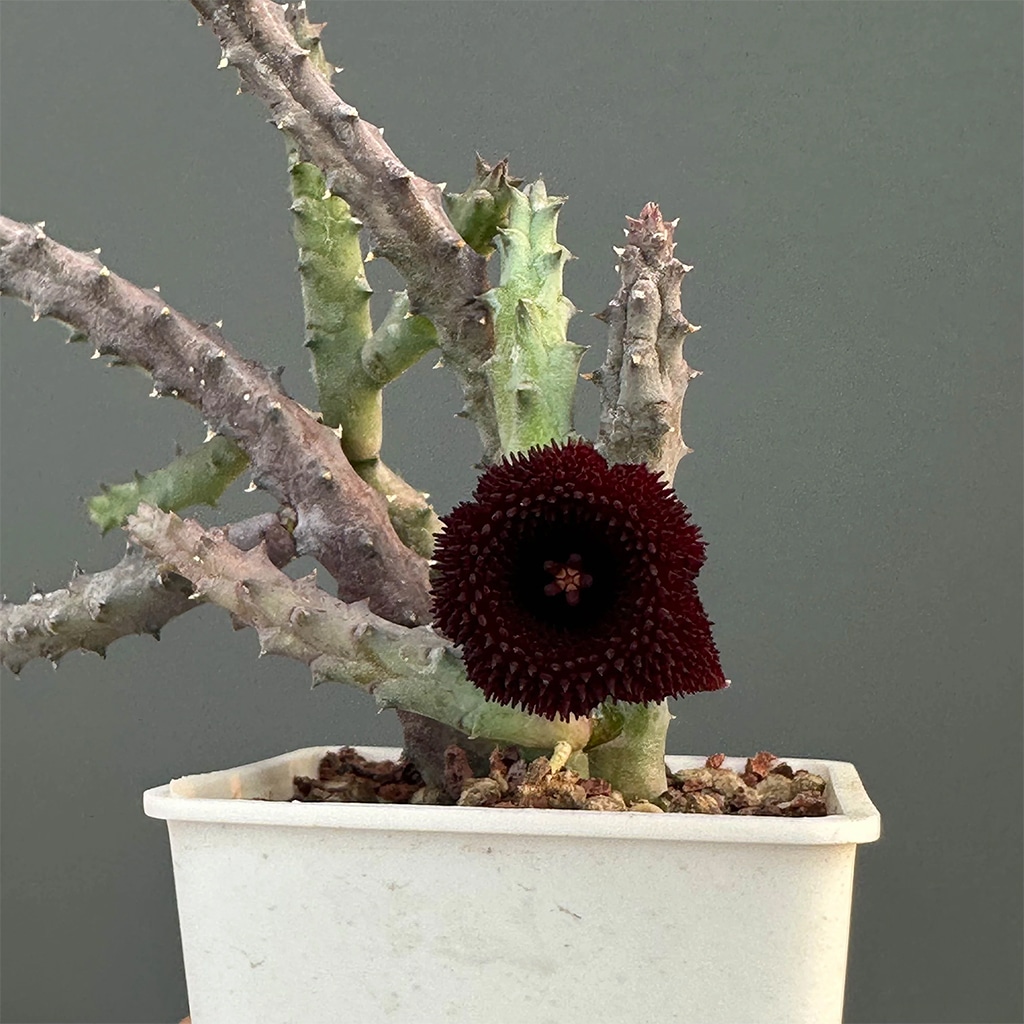
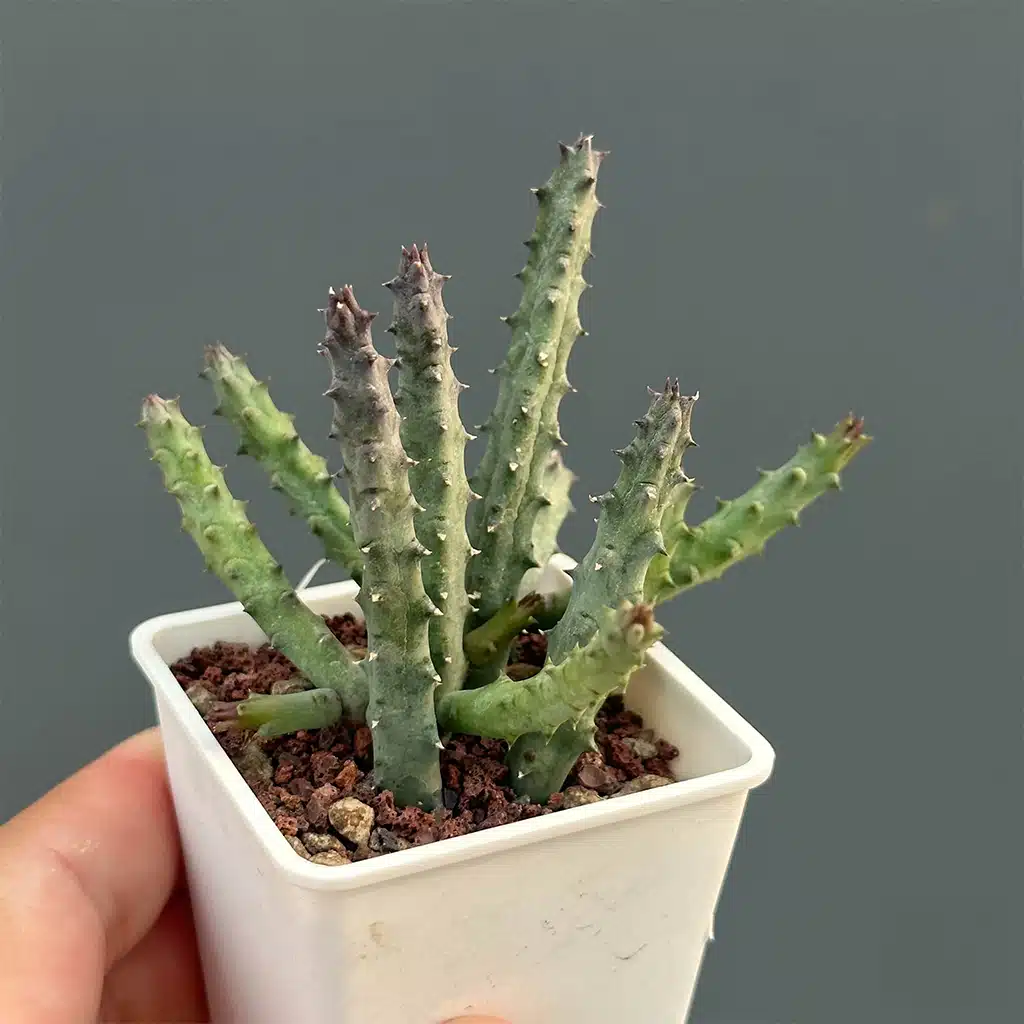



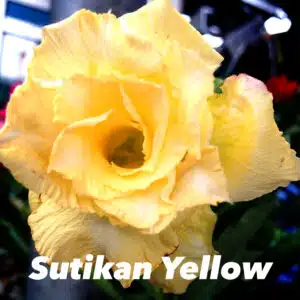
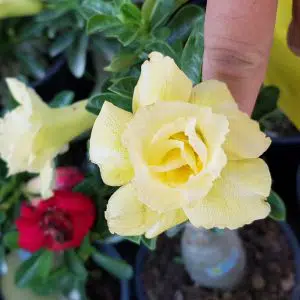
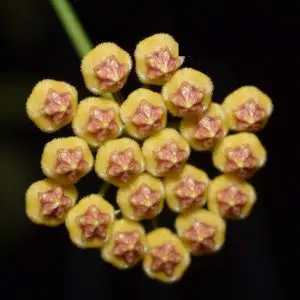
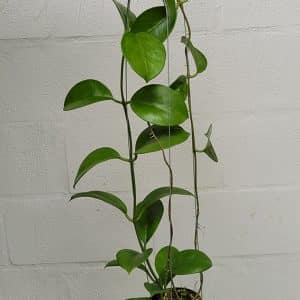
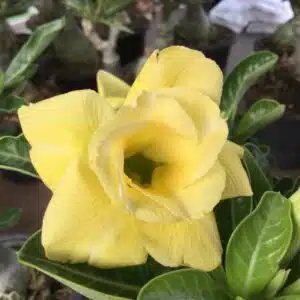

There are no reviews yet.